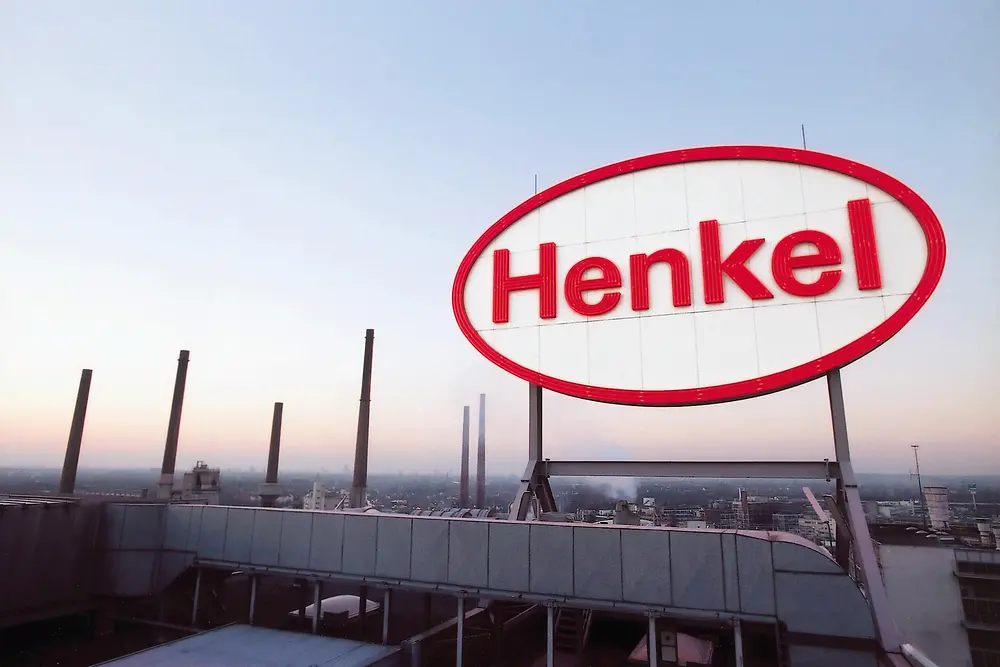Low-temperature (skin) fat removal
Skin fat is deposited on all skin-near textiles. As it is quasi-solid at low temperatures, it is hard to remove in cold water. With the growing urge to reduce washing temperatures due to new fibres and in order to save energy, time and money, we want to identify new approaches towards better and more effective removal of solid fats at low temperatures without the need for a pretreatment.
New sustainable routes to LAS-like surfactants
LAS (linear alkylbenzene sulphonate) is the most important surfactant used in today's laundry detergents. Due to depletion of oil reservoirs, high volatility of oil prices and increasing sustainability awareness surfactants alternatives to LAS, e. g. based on renewable feedstocks are of high interest.
Bleach stabilization in liquid detergent formulations
Bleach is one of the major contributors for stain removal in solid laundry detergents. It is desired to incorporate bleach (active oxygen) in liquid detergent formulations. The challenge is the combination with enzymes in such formulations to avoid bleach decomposition and destruction of enzymes at the same time. Sought after is a method to stabilize H2O2 or active oxygen precursors in a liquid detergent environment containing surfactants and ensure compatibility with enzymes.
Removal of burnt-in soil in automatic dishwashing
Burnt-in soil is very hard to remove in automatic dishwashing applications. We are interested in identifying new approaches towards improved cleaning performance on burnt-in soils. Typically, burnt-in soils contain proteins, carbohydrates, Maillard reaction products thereof and fats. They occur for example in/during meals "au gratin", scrambled eggs, baking of cakes or roasting of meat. Usually, cookware (pans, casseroles) made from glass, metal or ceramics is affected.
Synthetic fiber catcher
One of the biggest challenges is to reduce microplastics in wastewater. Synthetic fibers are dissolved from textiles during the normal washing process and thus end up in wastewater. We are looking for substances that can catch or bind synthetic fibers in the washing process to prevent them from entering the wastewater.
Controlled release solution for final rinse cycle
To improve the product performances of laundry additives, we are interested in substances which can pass through the main wash cycle and release in a controlled manner until the final rinse cycle.
Replacement for Eitdronic acid in automatic dishwashing
In automatic dishwashing, there are different cleaning dimensions: removal of food residues from dishes (cleaning), giving shine (anti-limescale) and keeping the shine (anti-corrosion). Etidronic acid helps in all three categories, as it works as a as peroxide stabilizer (bleachable soils), as a scale inhibitor and as a chelating agent/corrosion inhibitor. However, Etidronic acid is not biodegradable, and according to our sustainability strategy it should be replaced by biodegradable materials.






